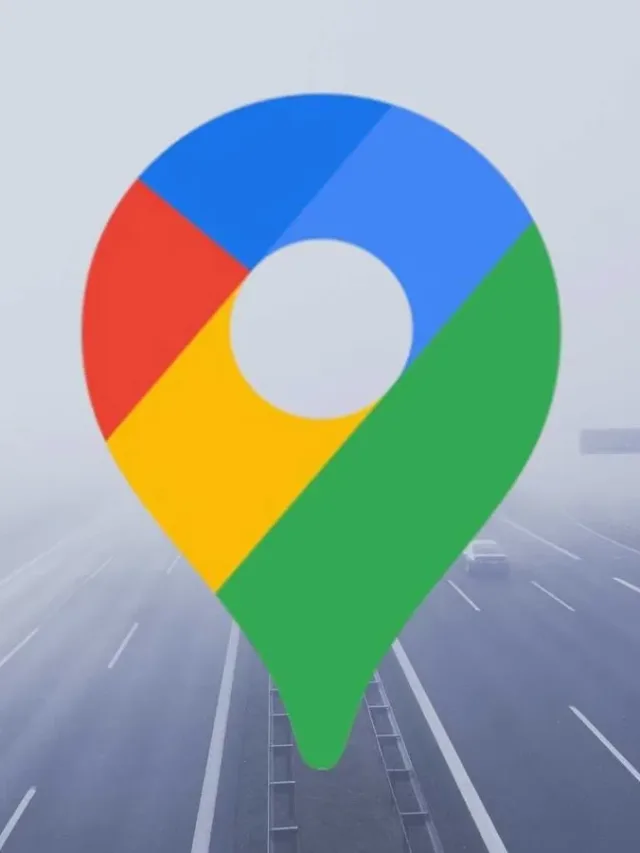The introduction of Google Maps in 2005 revolutionized how we travel and discover new places. In addition to providing real-time traffic data, it also provides schedules for public transportation and satellite photos. This article explores Google Maps’ key attributes and advantages, which have revolutionized navigation and exploration.
Also Read: Google Album Archive is Going to Shutdown: How to Back Up Your Content
Table of Contents
Current Traffic Information
In order to help drivers avoid traffic jams, accidents, and roadblocks, Google Maps offers real-time traffic updates. In order to determine the quickest route and projected arrival time, it analyses information from GPS-enabled devices, Google Street View vehicles, and user reviews. In the event of delays or detours, automatic rerouting is available. Real-time traffic maps show the most up-to-date conditions on major thoroughfares and streets, saving travelers throughout the globe time, fuel, and aggravation.

Schedules for Public Transportation
Over 80 nations and 3,000 cities have public transportation schedules supported by Google Maps. Routes involving buses, trains, subways, and other forms of public transportation can be planned by users. The app displays routes, costs, anticipated travel times, transfers, walking directions to transit stops, and real-time departure and arrival information for select agencies. This function supports environmentally friendly modes of mobility and benefits people without automobiles or who would rather not drive in congested areas.
Satellite Imagery
Google Earth’s satellite imagery is available in Google Maps. Users may zoom in, rotate, and tilt the map to see the world from different angles as they explore it. Planning outdoor activities, traveling, and examining the built and natural landscapes of the planet are all made easier with the aid of satellite photography. It can be used for emergency preparedness, urban planning, and scientific study.

Google My Business
Through Google My Business, a free service for managing internet presence, businesses are integrated into Google Maps. In addition to adding images, videos, menus, reviews, and special deals, business owners can build and amend profiles. They can respond to consumer questions, alter business hours, and gather information about client interactions. Businesses gain from Google My Business by becoming more visible, attracting foot traffic, and assisting customers in making informed decisions.
Custom Maps
Users of Google Maps can design unique maps for use in both personal and professional contexts. Custom maps can feature markers, labels, and information that are unique to them and can highlight certain locations, routes, or points of interest. Spreadsheets can be used to import data, and links or embed codes can be used to share maps. Custom maps improve personalization and knowledge sharing for a variety of uses, including event planning, trip planning, and academic study.

Location-Based Services and APIs
Developers can include Maps in web and mobile applications using Google Maps’ location-based services and APIs. Maps can be embedded, locations can be searched for, directions can be obtained, and traffic and public transportation data can be displayed. Custom markers, overlays, information windows, geocoding, reverse geocoding, and geolocation are all supported by APIs. With the help of these tools, developers may create interactive applications that take advantage of Google Maps’ strengths.
Google Maps Platform for Real-World Games
Google has made its Google Maps Platform available to game developers so they may make realistic games. The platform provides an SDK for the well-known Unity game engine, enabling game creators to leverage real-time Google Maps data. Because of this connectivity, game designers are now able to model their game environments after actual buildings and locales. With the use of Google’s capabilities, real-world settings can be changed into exciting game locations.
Future Opportunities
With new features and more chances for innovation, Google Maps keeps improving. The Maps platform can be used by developers to build realistic, immersive games that improve user experiences. More developers will have access to these tools because of Google’s dedication to enhancing infrastructure and opening up access. Google Maps is a prime example of how technology can improve lives and link communities as it has completely transformed navigation, exploration, and location-based services.
Conclusion
The use of Google Maps for exploration, navigation, and location-based services has grown essential. Google Maps has transformed how we engage with our surroundings with its real-time traffic updates, public transit timetables, satellite imagery, Google My Business integration, custom maps, and APIs. In addition to assisting daily commuters and empowering companies and developers, Google Maps is always developing and presenting fresh chances for creativity and teamwork. It has developed into a platform for developing real-life games and motivating people and organizations to improve the world. Google Maps continues to lead the way in exploration and navigation because of its extensive feature set and dedication to expansion.
Disclaimer:
AI was used to conduct research and help write parts of the article. We primarily use the Gemini model developed by Google AI. While AI-assisted in creating this content, it was reviewed and edited by a human editor to ensure accuracy, clarity, and adherence to Google's webmaster guidelines.



